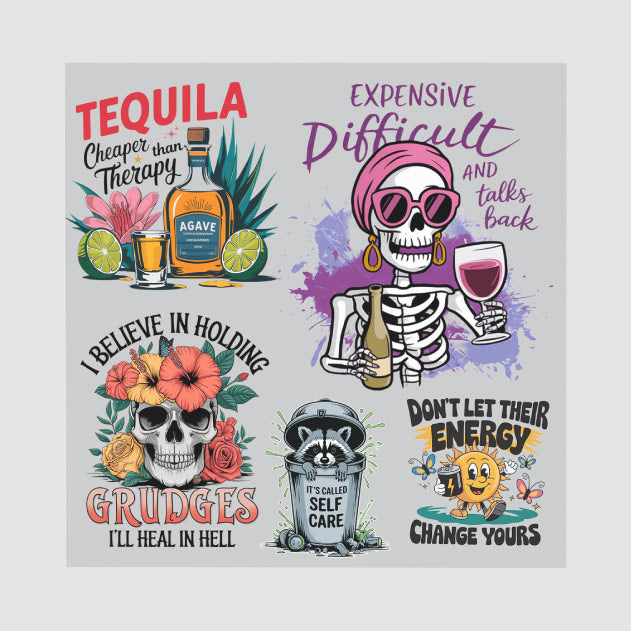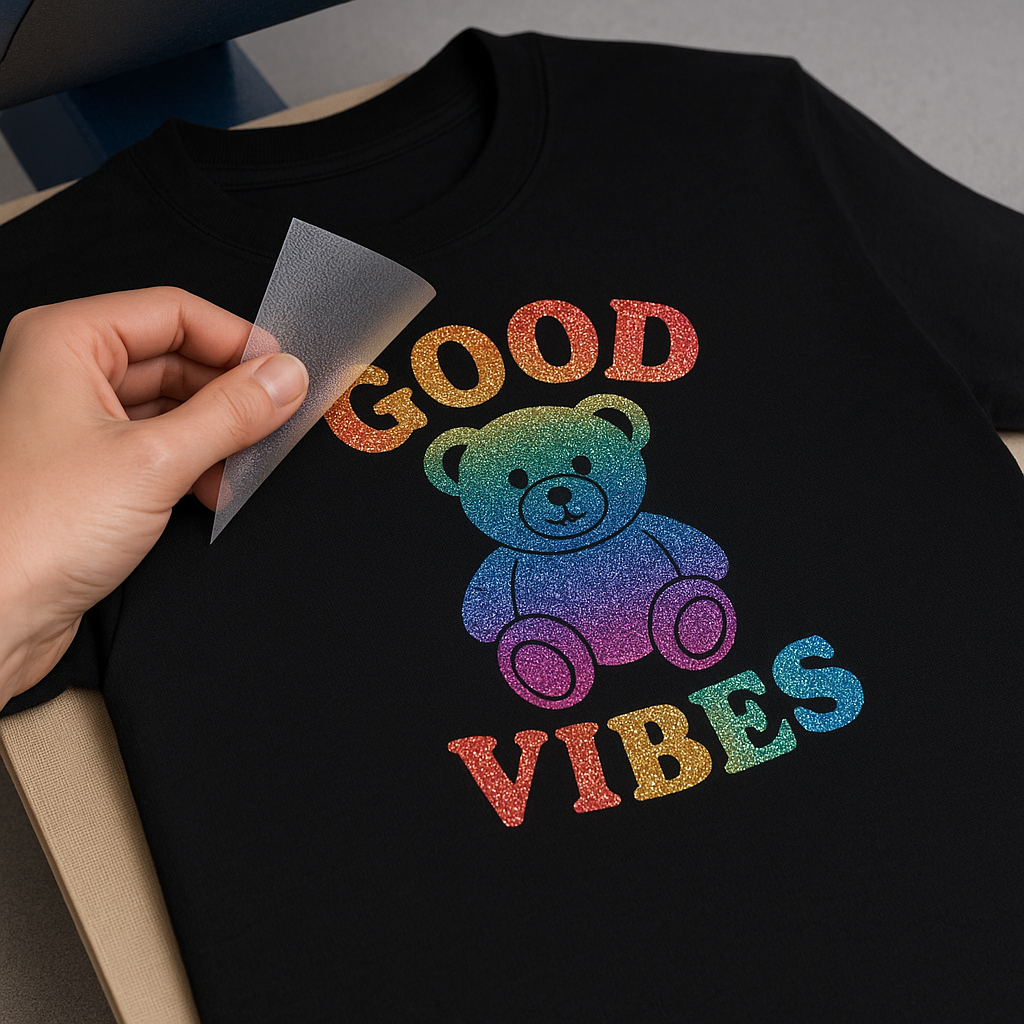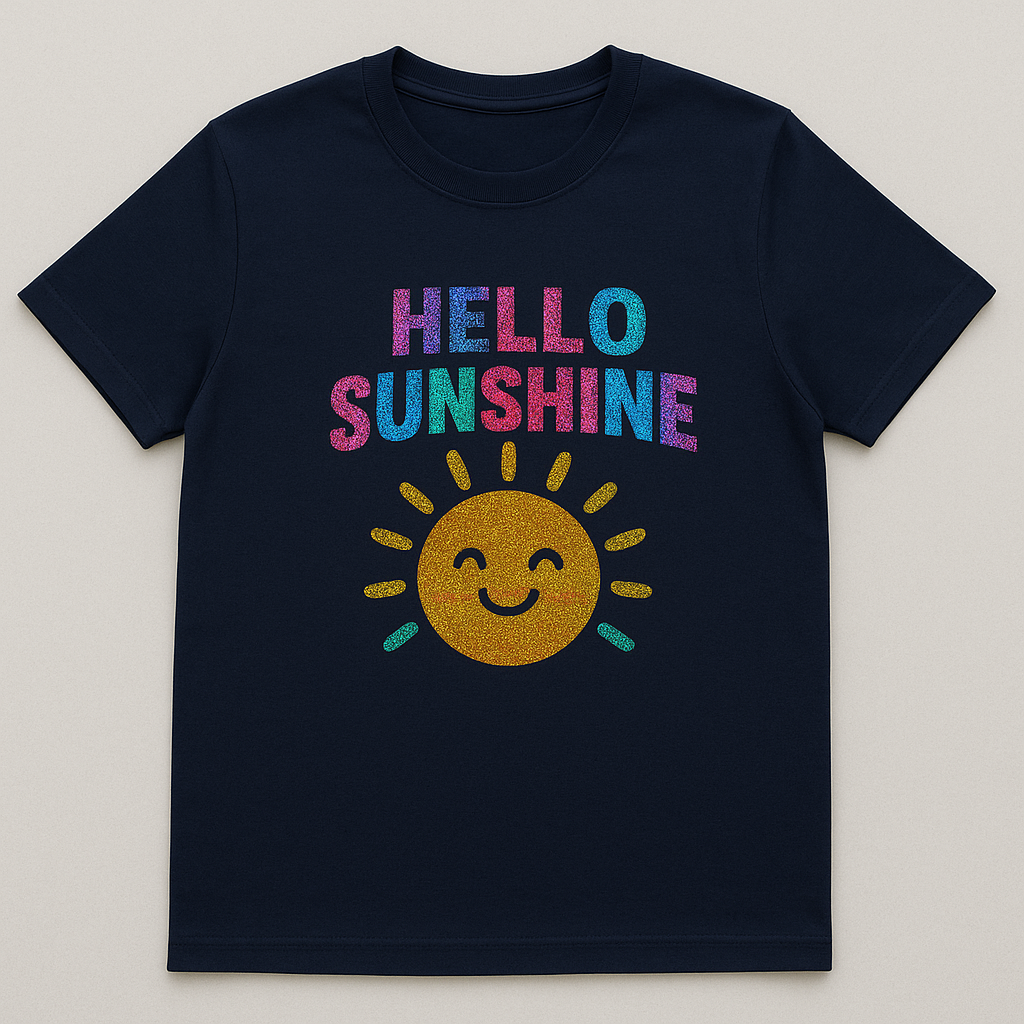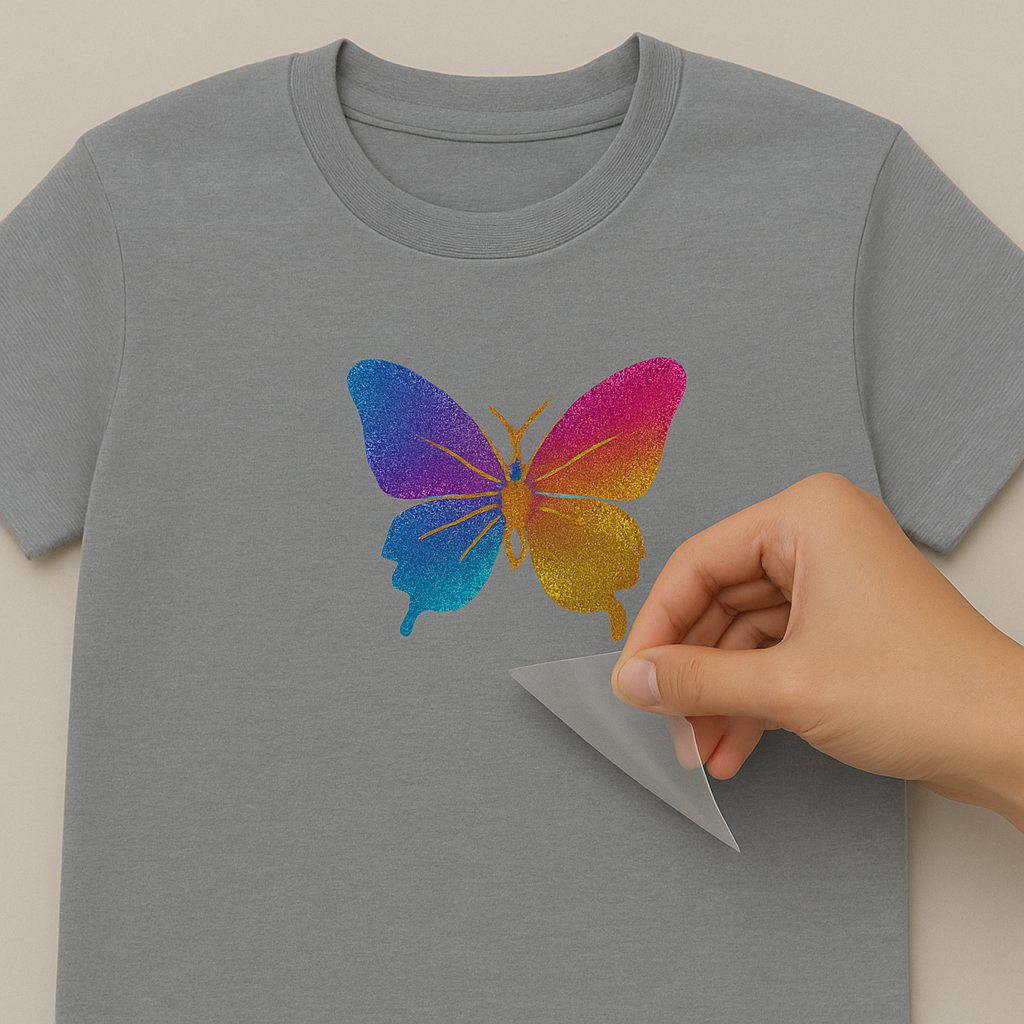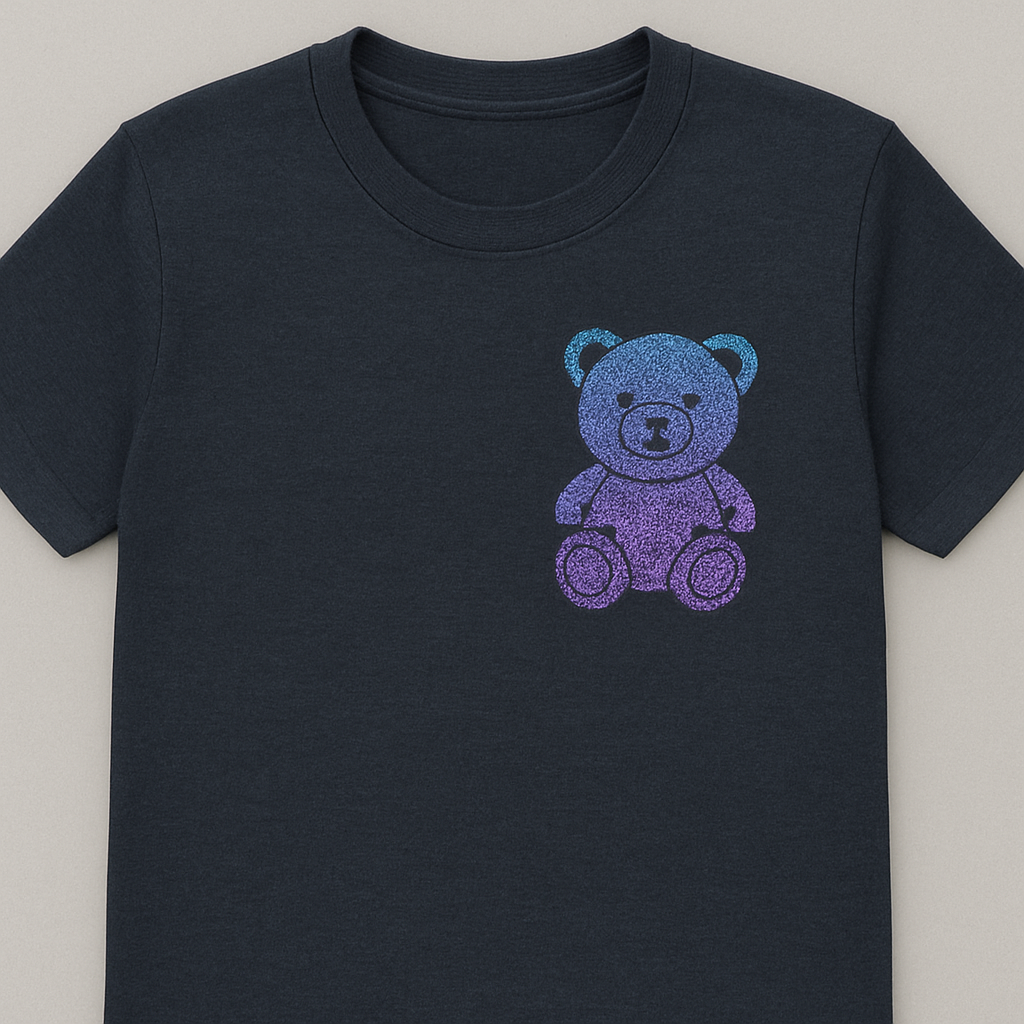Let customers speak for us
DTF vs HTV – Which Printing Method is Right for You?
DTF vs HTV , When it comes to customizing shirts and fabrics, two popular methods stand out: DTF (Direct to Film) and HTV (Heat Transfer Vinyl). Both offer unique advantages, but understanding their differences is crucial to achieving the best results. This guide explores the features, benefits, and best use cases for each method, helping you make an informed choice.
What is DTF?
DTF is a modern printing method that uses a special film and adhesive powder to transfer designs onto fabric. First, the design is printed onto a clear film. Then, a fine adhesive powder is applied over the printed design. Finally, a heat press transfers the design onto the shirt or fabric.
DTF allows for vibrant, full-color designs with fine details and gradients. It works well on cotton, polyester, and blended fabrics without requiring pre-treatment. The resulting prints are durable, resistant to fading, peeling, and cracking, and maintain their quality after repeated washing.
What is HTV?
HTV is a popular method that uses vinyl sheets to create designs. The vinyl is cut into the desired shape, and excess material is removed in a process called “weeding.” The design is then applied to the fabric using a heat press.
HTV works best for simple, bold designs with solid colors. Multi-colored or highly detailed designs require multiple layers of vinyl, which can be time-consuming. Despite this, HTV is reliable and produces professional-looking results, especially for logos, numbers, or custom text.
DTF vs HTV – Choose the Right Printing Method for Shirts
When creating custom shirts, two popular printing methods are DTF vs HTV. Both have advantages, but they work differently. Understanding their differences helps you pick the best method for your project.
Design Flexibility
DTF:
-
Can reproduce complex designs, photos, and gradients.
-
Captures fine details, lines, and small text.
-
Ideal for custom images, digital art, and on-demand production.
HTV:
-
Best for solid colors, simple logos, and geometric shapes.
-
Multi-layer designs are possible but require extra effort.
-
Limited for detailed or photographic artwork.
Fabric Compatibility
DTF: Works on cotton, polyester, blends, and some synthetic fabrics without pre-treatment. Results are consistent across different materials.
HTV: Works on cotton and polyester, but some fabrics may need pre-treatment. Some synthetic fabrics are not suitable. Using the right vinyl ensures durability.
Durability and Longevity
DTF: Prints resist cracking, peeling, and fading. Colors remain vibrant even after multiple washes. Strong bonding ensures long-lasting results.
HTV: Durable but may crack or peel over time, especially with layered designs. Proper application and care are essential for quality.
Application Process
DTF:
-
Print design on film.
-
Apply adhesive powder.
-
Transfer design to fabric with a heat press.
-
Designs can be pre-printed and stored for later use.
HTV:
-
Cut vinyl into the desired design.
-
Weed excess material.
-
Apply design to fabric with a heat press.
-
Each design is applied individually.
Best Use Cases
DTF:
-
Full-color, detailed designs.
-
Custom photos or illustrations.
-
Small businesses producing shirts on demand.
-
Projects requiring flexibility and speed.
HTV:
-
Logos, names, and numbers (sports jerseys).
-
Simple DIY projects.
-
Designs with solid colors and clean shapes.
-
Easy for beginners to use at home.
Tips for Achieving the Best Results
-
Use clean, dry fabrics.
-
Follow the recommended heat press temperature and time.
-
Use high-quality films or vinyl for sharp and vibrant prints.
-
Wash garments inside out with gentle detergent.
-
Avoid bleach or high heat to extend design life.
Following these tips guarantees professional-quality results every time.
Choosing the Right Method
The choice between DTF vs HTV depends on your project goals. DTF is perfect for complex, colorful, and detailed designs. It offers versatility, durability, and efficiency. HTV is ideal for simple, solid-color designs requiring minimal setup. Both methods have advantages, but knowing their strengths helps you get the best results for your creative ideas.
Summary
Both DTF vs HTV printing methods provide unique solutions for customizing apparel. DTF is flexible, durable, and ideal for detailed, multi-colored designs. HTV is simple, reliable, and perfect for solid-color graphics and small projects. By choosing the right method for your needs, you can create professional-quality shirts and fabric products with ease.
Check Out Our Other Products
More information
